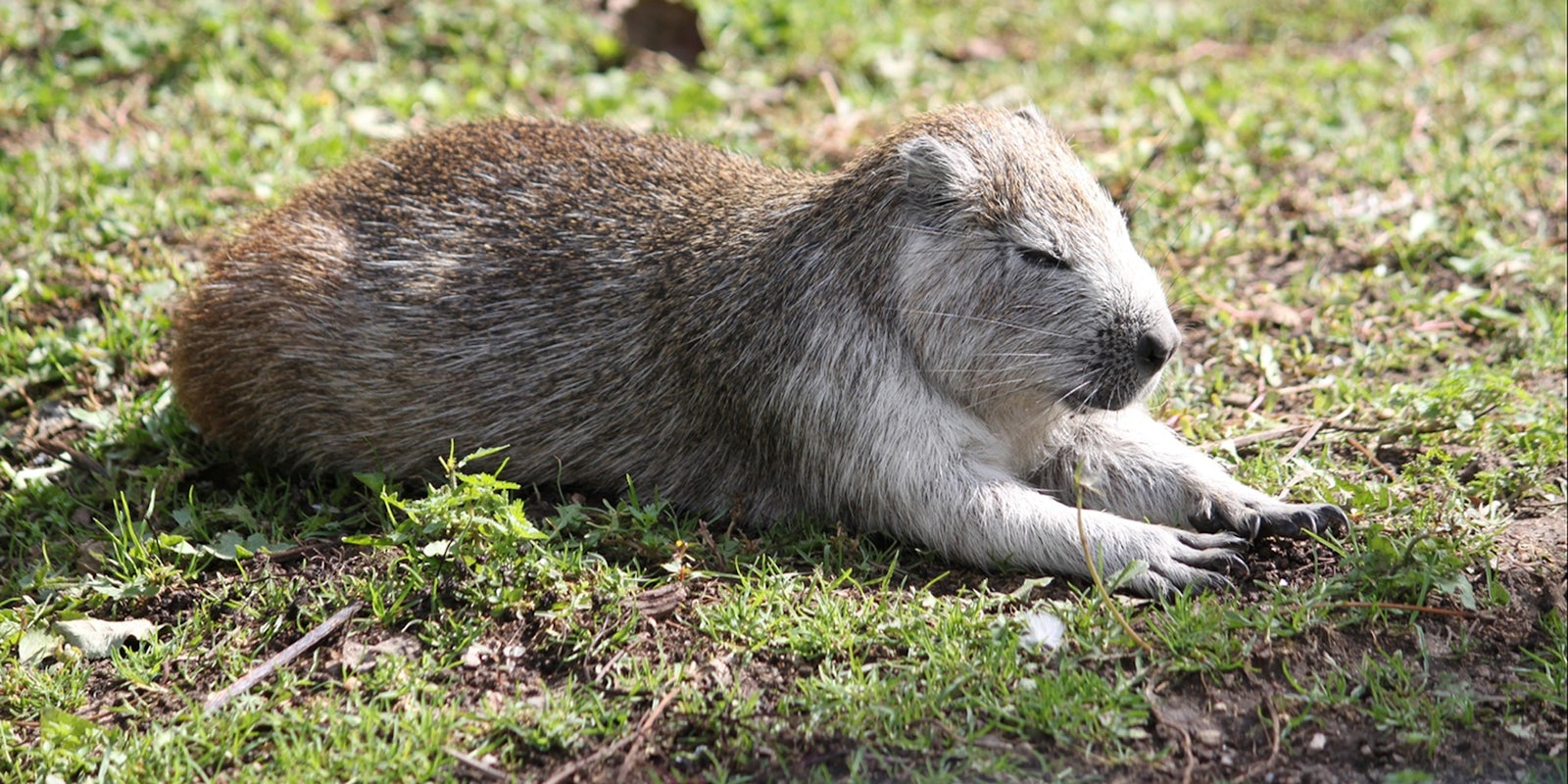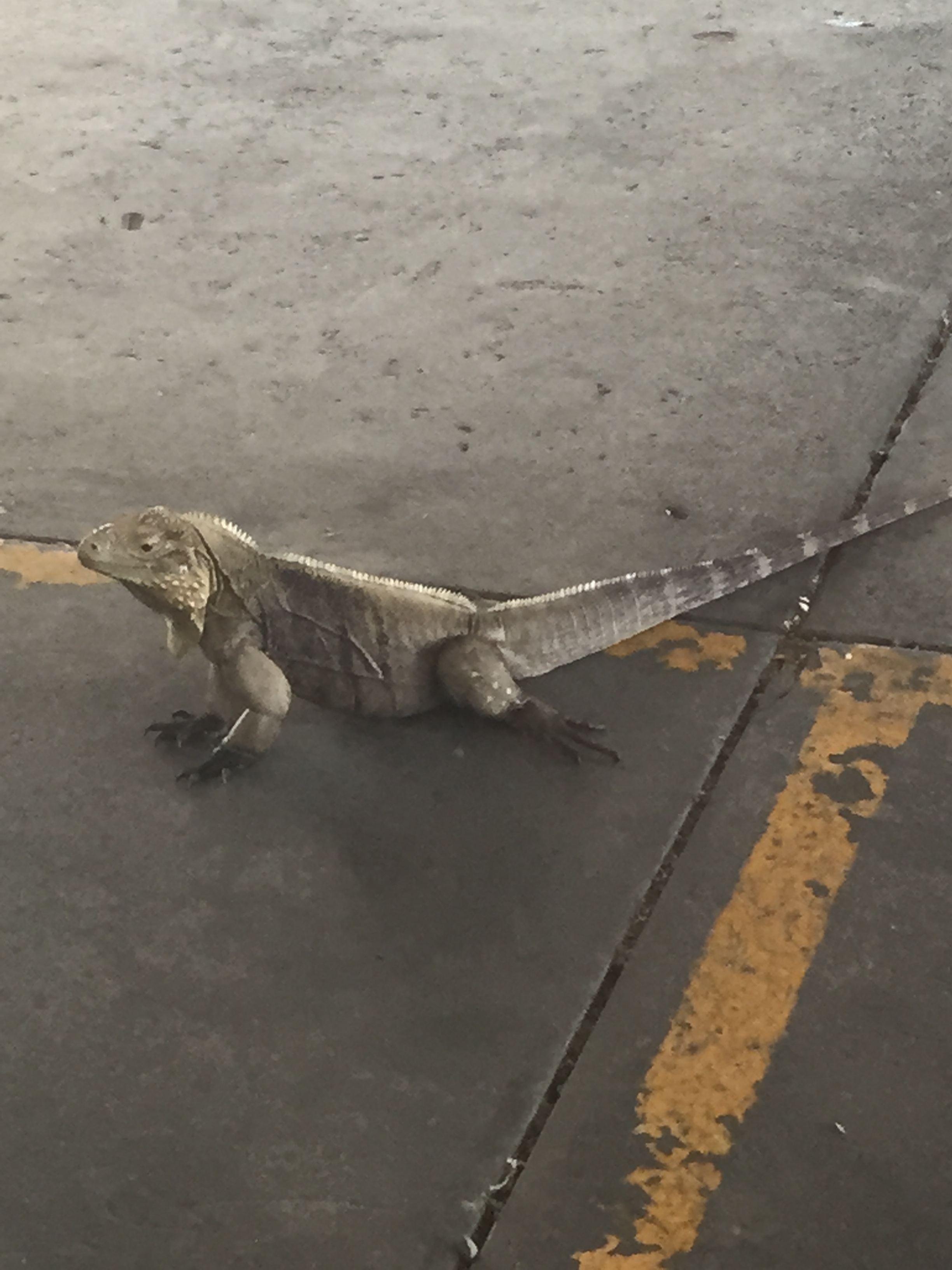The future of the U.S. military prison at Guantanamo Bay could turn out more wild than you might expect.
In the past few months, scientists and animal-rights activists alike have joined the chorus of people calling on President Barack Obama to close the controversial prison. But their demands extend beyond those of their policymaker and civil-libertarian friends—some are asking for a nature reserve to be put in the detention center’s place.
“As Cuba starts to open up, some of the coastal ecosystems become endangered because of the development for tourism and other purposes,” says Joe Roman, a conservation biologist at the University of Vermont. He, along with James Kraska, a professor of international law at the U.S. Naval War College, co-authored a report in Science proposing a “third path” for the facility. “We’re proposing that once the detainees have left, the main reason for the base being open will go away. And rather than keep it as a base,” he says, “why not transform it … into an international Peace park and a research area for … conservation?”
White House Press Secretary Josh Earnest has clearly stated that the U.S. has no intention of closing the entire naval base, but the administration does plan to close the detention facility. So let’s flirt with the possibility that Obama overcomes all hurdles, congressional or otherwise, and that the ‘war on terror’ prison ceases to exist. Now let’s also imagine that the base becomes home to a sprawling natural oasis. What would it look like? Let’s explore Guantanamo’s wild side.
Speaking in December to service members working on the base, two animals repeatedly came up in conversation: iguanas and hutia, more commonly referred to as ‘banana rats.’
The iguanas, which can grow to more than four feet long and weigh as much as 20 pounds, alternate between basking in the sun and catching some shade. And sometimes they sneak into military buildings for their brief respite from baking:
The base has a sizeable iguana population in comparison to the rest of Cuba, partly because of the application of U.S. laws protecting the endangered species. As per the Endangered Species Act, anyone who harms one of the base’s large lizards can be fined and prosecuted.
But in 2011, Peter Tolson, director of conservation and research at the Toledo Zoo in Ohio, conducted a Cuban rock iguana survey and found that the population was declining. His assessment: It’s probably because they’re getting run over.
So in the event that humans were no longer around to meddle in animal affairs, it’s somewhat safe to assume that the iguana population would continue to scurry around as usual. But what of the banana rats?
Unlike what their cute nickname may suggest, banana rats do not resemble rats at all. They’re more ground hog-like, according to Jennifer Gebelein, Visiting Research Professor in the Department of Earth & Environment in the School of Environment, Arts, and Society at Florida International University. “They nest in trees and rock crevices and do not burrow,” she says, “and [they] can get quite large, the size of a small dog.”
Banana rats have been eaten to extinction in many areas around the Caribbean, but they’re abundant in remote places like the naval base. So abundant, in fact, they wreak havoc, including “damage to landscaping, gnawing through cables, damage to vehicles, the accumulation of large amounts of feces in residential areas, and damage to native vegetation, with little subsequent regeneration of many plants,” according to a 2007 survey of the population. The response: population reduction.
“Twice a month, someone would go around at night and shoot hundreds of banana rats from the back of a pick-up truck,” says Joseph Hickman, who arrived at Guantanamo Bay for guard duty in 2006. According to servicemembers more recently stationed at the base, animal control’s nighttime killing excursions are still in effect. Despite their best efforts at regulating the population, however, the critters are still running rampant.
What would happen if the current banana rat inhabitants were to be enclosed in a future conservation area and humans stopped interfering? “There could be an explosion of the banana rat population,” Gebelein says.
What then? Well, people might have to start getting creative.
In 2013, when the U.S. base in Guam became overrun with snakes, which were depleting the exotic bird population, the U.S. sent in an air assault of two thousand mice to help. The small rodents floated in on tiny cardboard parachutes, according to NBC News, aimed at taking out the slithering predators. How, you ask? The mice were dead and pumped full of painkillers—intended to kill the snakes upon consumption.
It is unclear how an “explosion” of banana rats would be handled. But luckily for the oversized rodents, closing the prison requires Americans to overcome a series hurdles before the banana rat’s fate is determined.



